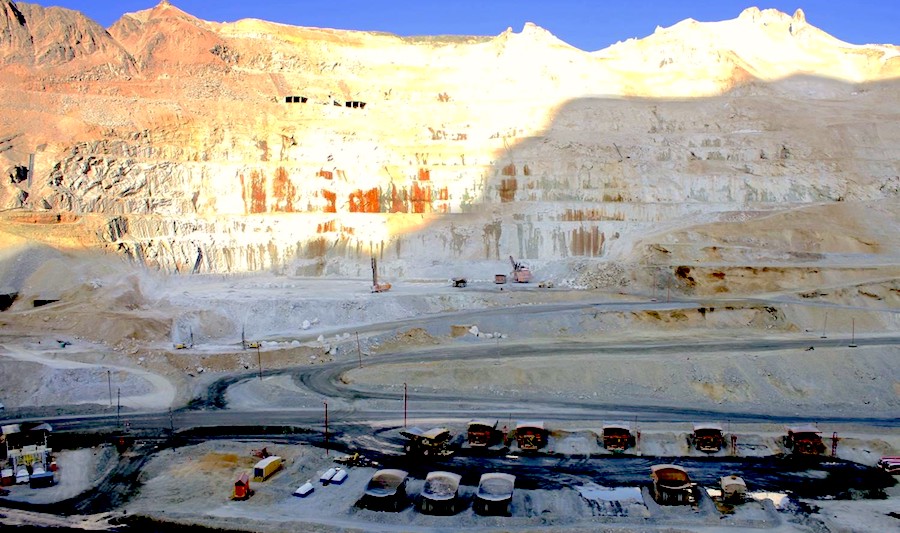
Copper production in Chile, the world’s top copper producer, registered in September its worst month for copper since February on the back of labour disruptions and falling ore grades at the country’s aging mines.
The country’s output dropped 6.9% year-on-year in September to 451,128 tonnes and 3.4% from August, government statistics agency INE said on Friday.
Soaring copper prices this year have handed unions in Chile more leverage than in the recent past, ratcheting up tensions in some labour negotiations, including an almost one-month strike at Codelco’s Andina mine near capital Santiago.
The newly released figures take Chile’s lost copper production to the end of September to 4.2 million tonnes, a 1.9% drop when compared to the nation’s total output in 2020.
Used in everything from construction materials to batteries and engines, copper is both an economic bellwether and a key ingredient in the push toward renewable energies and electric vehicles. If producers fail to address the deficit, prices will keep rising and present a challenge to the world leaders, who are counting on a worldwide energy transition to fight climate change.
According to estimates from CRU Group, the copper industry needs to spend more than $100 billion to close what could be an annual supply deficit of 4.7 million tonnes by 2030.
What happened to the London Metal Exchange’s copper inventories earlier this month illustrates how tight the market can become.
The LME was caught off guard by a sudden emptying of available copper in its warehouses, which drove inventory levels to their lowest since 1974. Over the past two months, freely available inventories have shrunk by more than 90% in LME-monitored warehouses as orders surged.